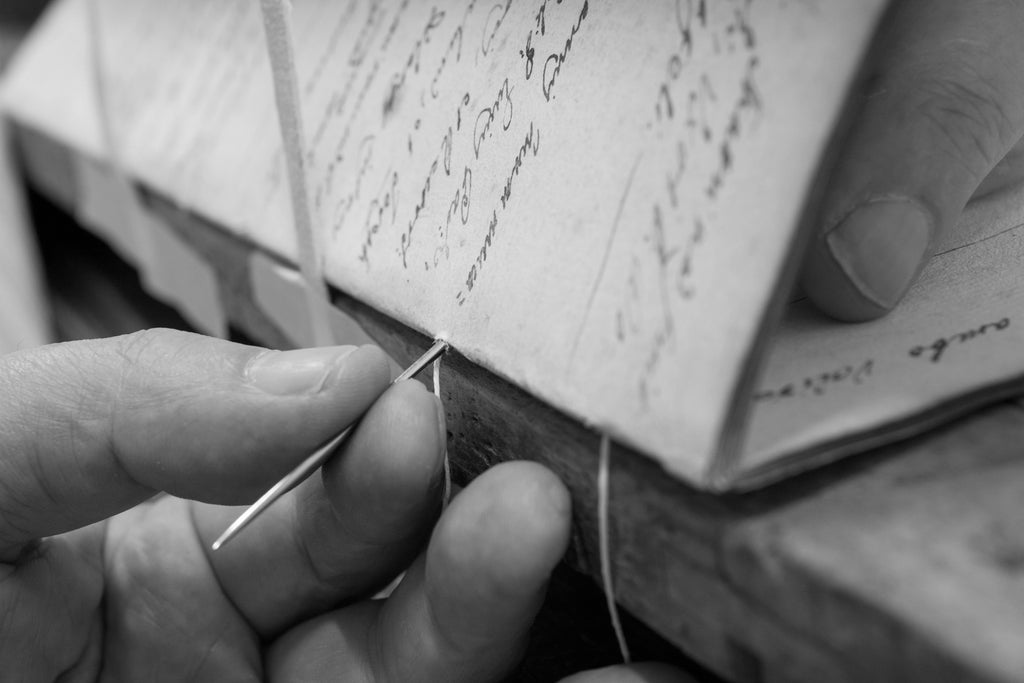How books made an indelible impact on the history of letters
The Latin alphabet—used to write these words—originated in ancient Rome. It was then and there that scribes and engravers set the typographical groundwork for the letterforms BLKBK shapes today. During its last hundred years, the Roman empire also turned out some of the greatest innovations in bookmaking before the development of the printing press. More importantly, they were responsible for the first innovation in bookmaking: making books.

In the fourth century, making a book was a laborious process. Each was the product of the combined work of a handful of craftsman, each skilled in either skinning animals, making hides into parchment, binding pages of parchment into a book, painting, or writing. There were vastly inferior books around as early as the first century, made of wax tablets or papyrus, but before that, written information was generally committed to scrolls. Elegant in their simplicity, these rolls of papyrus could unfurl to four meters, with writing on one side. Books, however, held a number of advantages over scrolls.

First, books allowed random access. Scrolls read sequentially—the nature of a scroll as something that rolled open demanded that readers start at one end. In the right context this isn’t a problem. Ancient religions often used written words as an aid to memorization; the goal of the reader wasn’t to find the information he sought, but to repeatedly read the text until it stuck, ready to recite on demand. A similar tradition held on long after the advent of books, into the early-middle ages, when monks—in a sort of vestigial oral tradition—read aloud, keeping cadence and rhythm to better commit text to memory.
Random access books, however, facilitated a profound change from earlier traditions of oral story telling and mythologizing. When the reader is able to open a book to any given page—and especially when assisted by indexing—the information in that book is open to analysis. With its premises at its readers’ finger tips, a book is, therefore, a better medium than a scroll for conveying rhetoric and science. This was vital in a vast empire that sought to enforce laws across diverse landscapes populated by diverse cultures. The upshot is that books were a long technological stride towards regularity and repetition, and away from individuality and artistry.
Books are also more portable than scrolls. With writing on both sides of their pages, books offer a greater density of information in a smaller package. Further, codices made of sheets of tightly stacked parchment were far more durable than papyrus scrolls, being comparatively resistant to fire, water, and the mandibles of insects.

That portability lent itself well to the spread of Roman law and culture across its territory and beyond. In the fifth century, Saint Patrick carried a single copy of the Latin gospel beyond the edges of the empire, to Ireland. The thus-far illiterate Irish were, therefore, the first Europeans to gain literacy through books, rather than tablets or scrolls. Without reading conventions built on sequential access, and free from the oversight of the Roman empire or church, the Irish took to books, launching themselves into a half-millennium of bookmaking and typographical innovation that would inform how scholars for hundreds of years would view classical-Latin type, and how we still shape letters.
